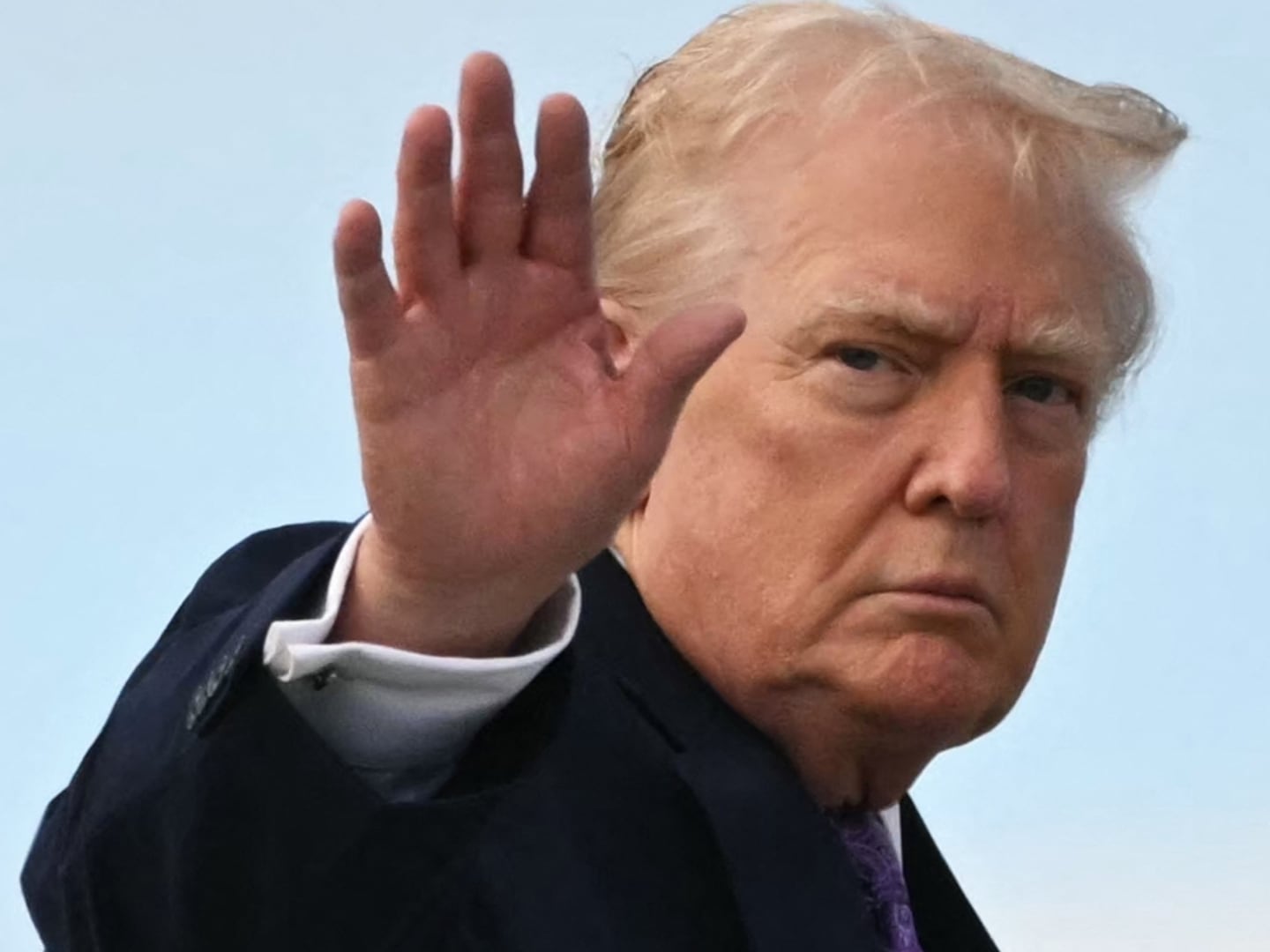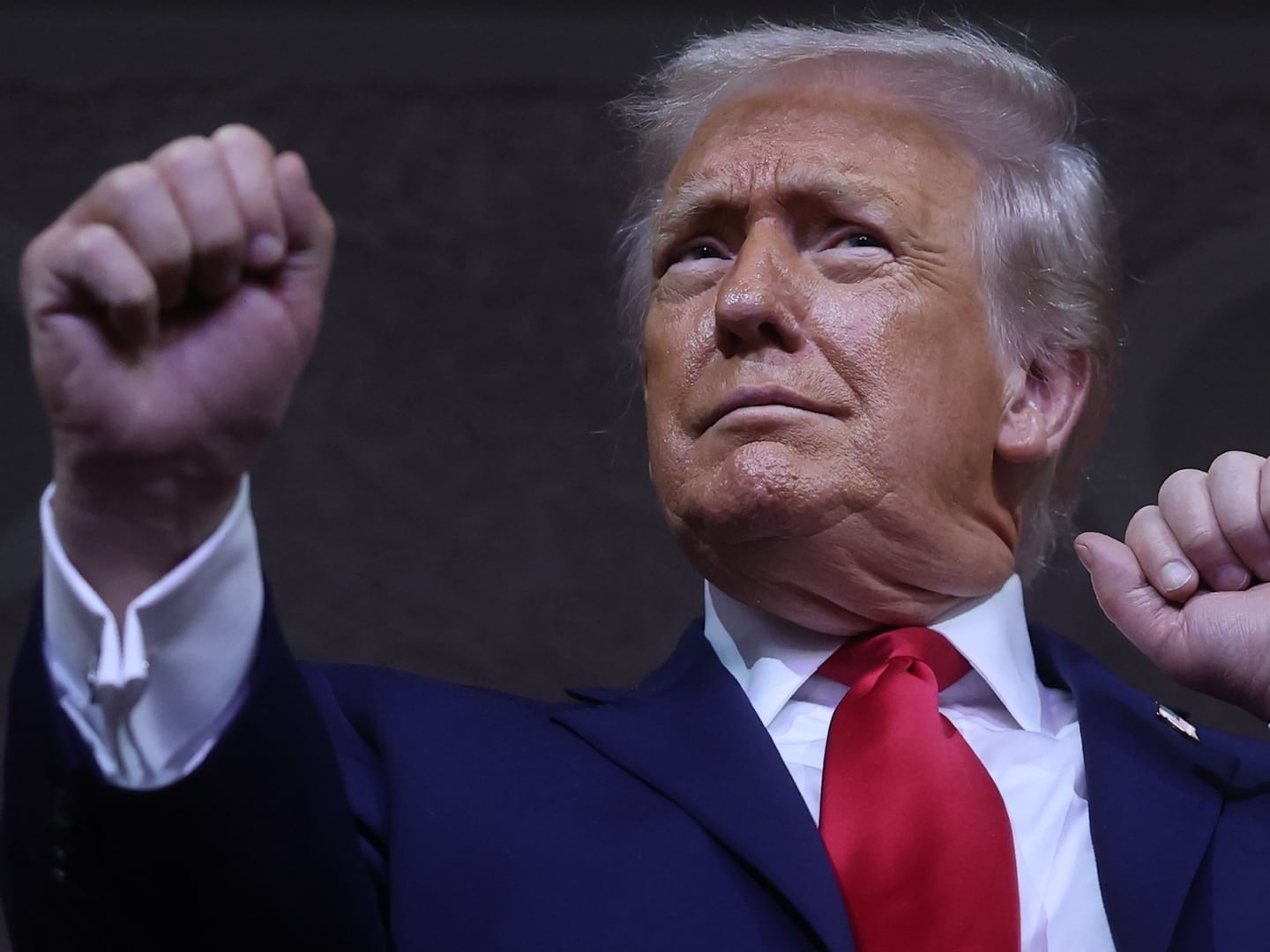The afternoon of Friday, April 27, 2012 was a mild and sunny one in Detroit. With temperatures hovering in the low 50s, employees around the city were no doubt eager to escape their offices and enjoy a little of the spring weather.
But by Monday morning, the atmosphere in one Corktown business had chilled considerably. The owner of the building arrived at work and discovered that 19 pieces of fine art that he had been keeping in a storage room were no longer in residence.
At some point over the weekend, they, too, had escaped the office with the help of a thief—one with a key—who had slipped into the building unnoticed and slipped right back out with a new trove of art worth around $2 million.
The booty included some gems with respectable price tags—works by Francesco Clemente, Larry Rivers, Joseph Beuys, and Rene Ricard. But perhaps the most culturally valuable treasure that was lost in the burglary was one with a relatively small monetary value.
Among the works of art taken was one of the original silkscreens Andy Warhol used to make his Flowers series. The authorities were quickly called to the scene, but the only trace that remains of one of Warhol’s printing devices that produced pieces that now sell for thousands is an entry in the FBI’s National Stolen Art file.
In 1962, Warhol began to experiment with silk-screen printing. At the time, it wasn’t a popular medium, but Warhol was attracted to the way in which it allowed him to evoke the process of mass production. He began by making silkscreen prints of his own drawings of dollar bills, but quickly moved on to reproducing images based on existing photographs (think, Marilyn and Jackie, Liz, Liza, and Mao).
“The reason I'm painting this way is because I want to be a machine,” Warhol said.
In 1964, he turned his silkscreen attention to a photo of flowers that he had discovered in that year’s June issue of Modern Photography. This source photograph was part of a series depicting hibiscus flowers that had been taken by the magazine’s editor Patricia Caulfield to demonstrate different camera techniques. (Though early erroneous reports on his new body of work suggested the image was lifted from a housewife’s award-winning entry to a photography competition hosted by an unidentified women’s magazine.)
Warhol took the photo from the magazine, manipulated it until he had a square image that was to his liking, and then had it turned it into the stencils used in the silkscreen “machines.” In the hundreds of resulting prints and paintings that he made by this method, he chose vibrant hues for his flowers and often hand-painted elements within the prints.
“What is incredible about the best of the flower paintings … is that they present a distillation of much of the strength of Warhol's art—the flash of beauty that suddenly becomes tragic under the viewer's gaze,” art critic John Coplans wrote. “The garish and brilliantly colored flowers always gravitate toward the surrounding blackness and finally end in a sea of morbidity.”
In the fall of 1964, Warhol was scheduled to have his first show with his new dealer, Leo Castelli. He decided to debut his Flowers series along one wall of the gallery in something resembling a geometric garden. Twenty-eight canvases were arranged along one wall in a grid of four rows each with seven paintings. The show sold out soon after it opened.
Early the next year, Warhol again chose his Flowers series to show in an exhibition at Ileana Sonnabend’s gallery in Paris.
“With the Flowers, Andy was just trying a different subject matter,” Gerard Malanga, a long-time employee of Warhol, once said. “In a funny way, he was kind of repeating the history of art. It was like, now we're doing my Flower period! Like Monet's water lilies, Van Gogh's flowers, the genre.”
Warhol concurred, once saying, “I thought the French would prefer flowers, because of Renoir and so on.”
The Flowers series was a runaway success and it is now something of a poster child for the Pop Art movement. At the ongoing Whitney Museum of American Art’s extensive retrospective, Andy Warhol — From A to B and Back Again, an entire gallery is devoted to the Flower period (set against Warhol’s cow wallpaper, of course).
But the series also gained notoriety for two reasons. It was after the Paris Flowers exhibition that Warhol famously announced his retirement from painting—filmmaking was going to fill his days now. (This pronouncement proved to be more of a suggestion than a hard and fast resolution.)
It was also the basis for the only lawsuit lodged against the artist. Many of Warhol’s most famous silkscreen prints were based on images lifted from photographs not taken by the Pop Art prince himself. Surprisingly, Caulfield was the only photographer to sue the artist for unauthorized use of her work.
Warhol offered to gift her several Flower prints in exchange for a reprieve on the legal action, but she didn’t take the deal. In the end, the 1966 lawsuit was settled with a $6,000 payout, a Flower painting each for the photographer and her lawyer, and royalties on all future prints from the series.
Warhol continued to be concerned with his Flowers for the remainder of his life, as frequent references in his diaries show. He made new prints (“I was doing Flower paintings again and it was so sweltering and I got a funny feeling, like a flashback to 1964 because it was the same Flowers and the same heat and the same mood as when I first made them that summer”), and bedazzled special versions for specific high-rolling collectors (“I’ll do something different with them, though — maybe put diamond dust on them”).
Warhol continued to fret about the fakes that persisted on the market, often offering to trade copies out for the real deal.
Nearly two months before his death, on December 15, 1986, Warhol wrote that he “went up to the Metropolitan Museum for the Shiseido party… They had two big Flower paintings of mine. Peach with black outlines. One was a gift from Peter Brant and one was a gift from Irving Blum who I didn’t even know had one. The museum should get all of them—I mean, that’s how they’re supposed to be—all together.”
His wish for his Flowers did not come true. Today, his coveted prints are spread across the four corners of the world, with the means of a portion of their production, having disappeared entirely from a nondescript office building in Detroit.
The stolen silkscreen was old enough that concerns about it being used once again to make new prints are nonexistent. But as a relic of a those heady, prolific Factory days when Warhol and his assistants were creating the modern Pop Art movement along with a whole bouquet of Flowers is enormous.
As R.C. Baker wrote in the late, great Village Voice in 2017, “Warhol’s paintings of tragic celebrities and posterized flowers caught the 1960s zeitgeist by the tail, and he hung on right up until his death.”






